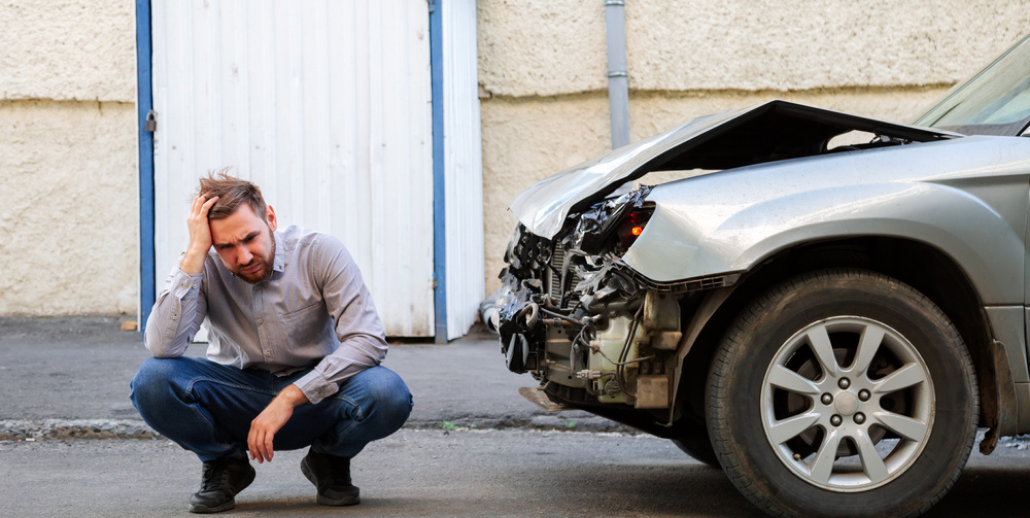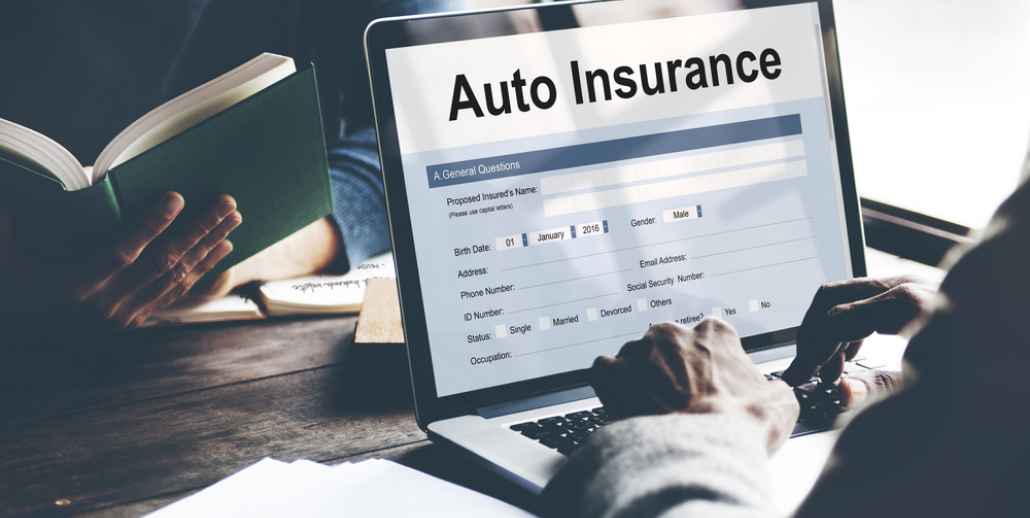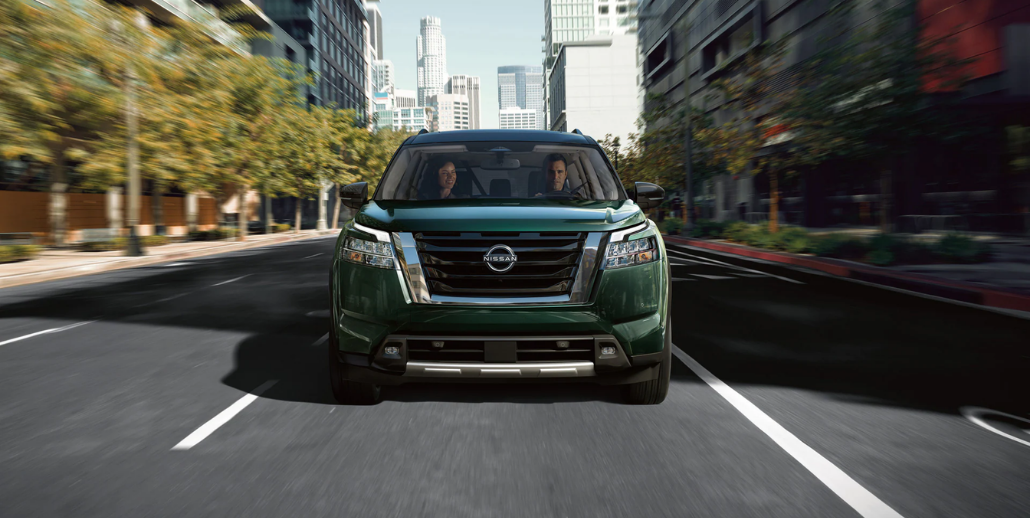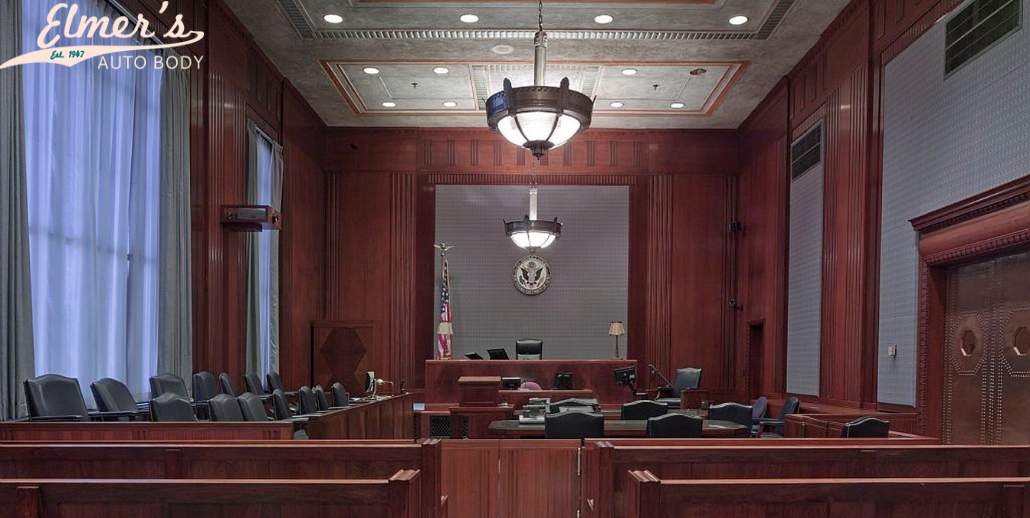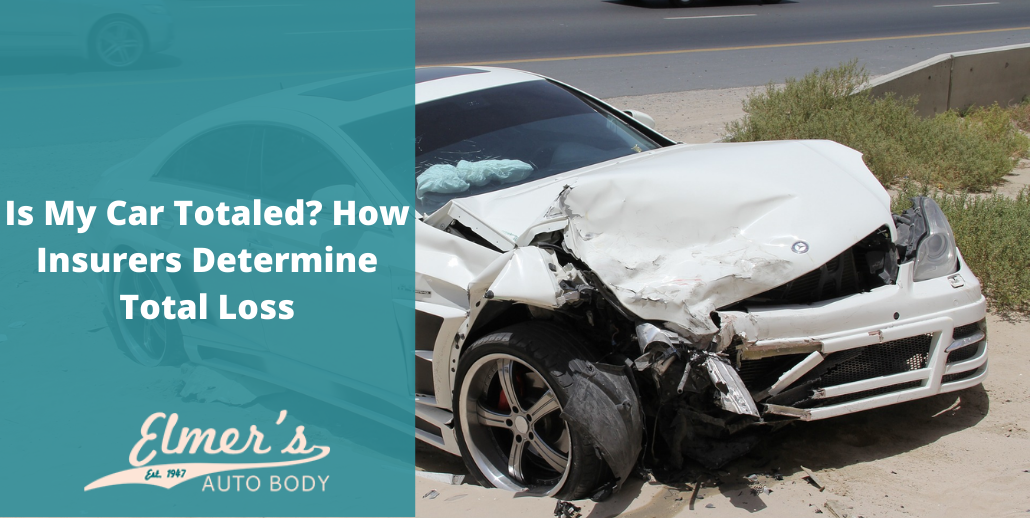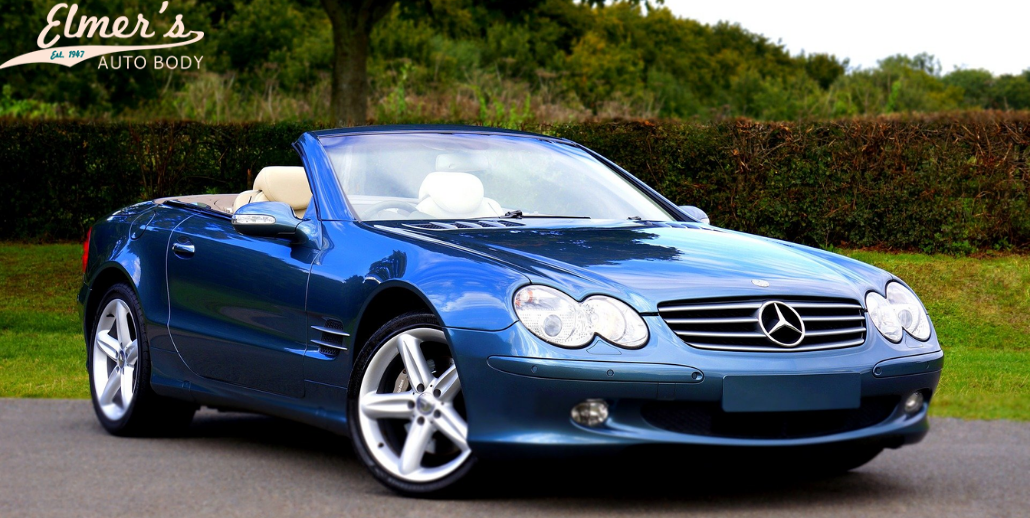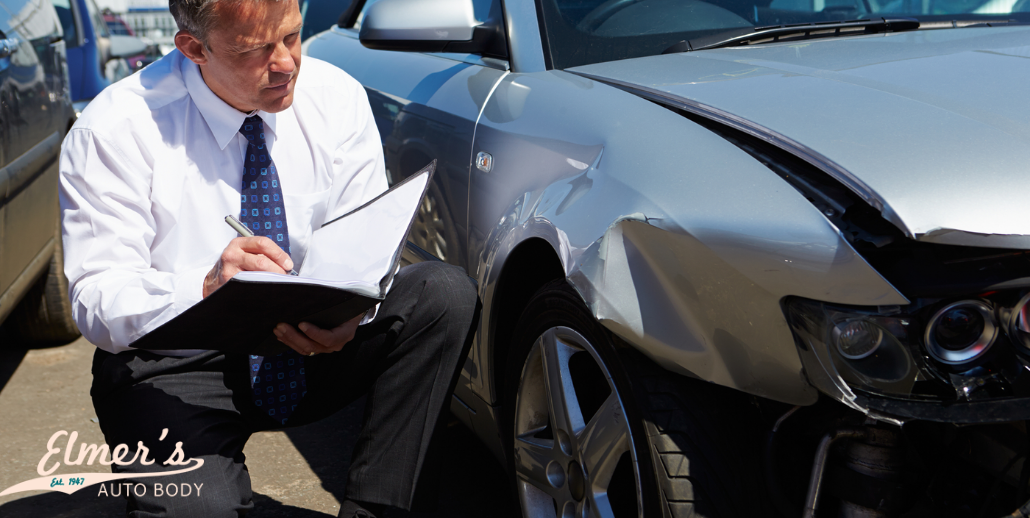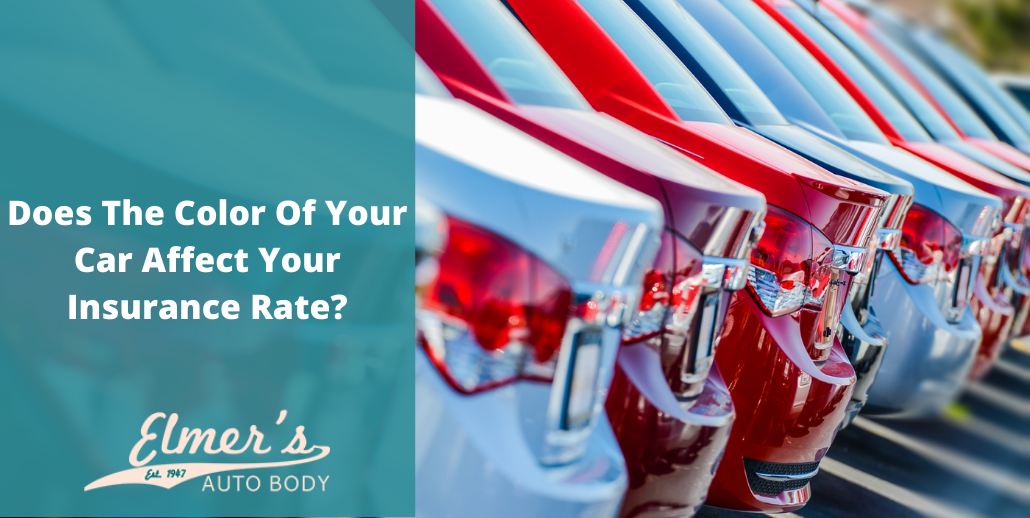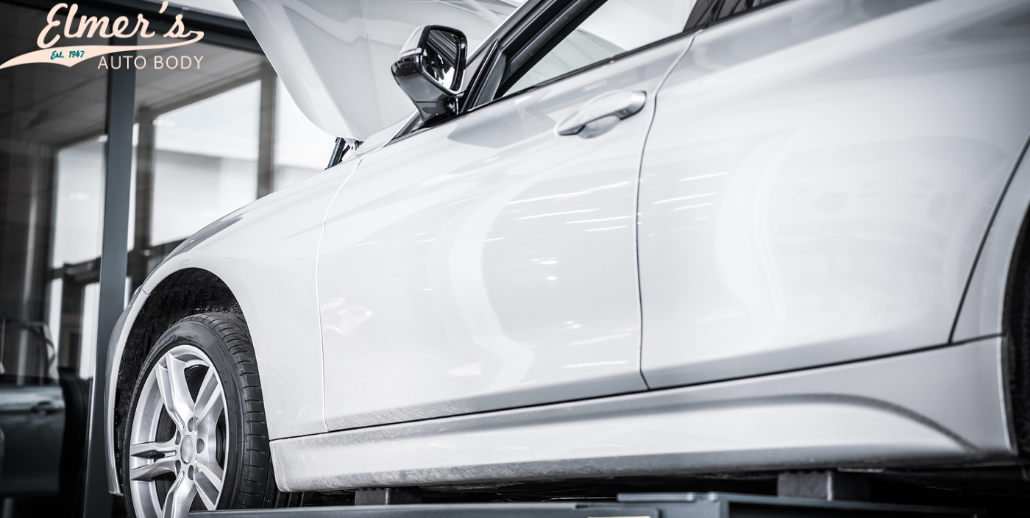When you’re involved in a car accident that you know was not your fault, it’s important to understand how to handle the situation. There are various steps to follow when you’re not responsible for an accident. You need to know how to protect yourself, how to receive fair compensation, and how to deal with any legal obligations that come because of an accident. Here are guidelines to follow.
What to Do After An Accident That Isn’t Your Fault
If you’re involved in an accident that you didn’t cause, there are guidelines as to what you should do. You want to:
- Ensure Your Safety – After an accident, ensure your personal safety. The first thing you want to do is move your vehicle out of the road or highway and park it on the shoulder of the road or, if possible, a parking lot. Move the vehicle and put on the hazard lights to avoid being hit again. Check yourself and anyone else involved for personal injuries.
- Contact the Police – In most states, if an accident occurs that causes injuries or death and an amount that exceeds $1,000 in damage, it’s mandatory to report the collision to the police. It’s also a good idea to call the police about a minor accident for documentation of the accident. The police will provide a report that relays information related to the accident, which includes the date and time of the accident, driver information, and anything else that applies to the collision. When you involve the police with an accident that wasn’t your fault, they can help you with evidence of the other driver’s liability. In fact, the police could be of help with citing the other driver for violations that show the accident was their fault, such as running a red light.
- Do Not Admit Fault – Be careful what you say to others at the accident scene and the other driver. You do not want to say the wrong thing to the other driver, the police, your insurance company, or anyone at the scene. Do not admit fault in the collision and don’t express regrets to the other driver. They could take it as an admission of guilt. Be patient and wait for a full report on who was at fault in the collision.
- Share Insurance Information – You’ll want to exchange insurance information with the driver of the other vehicle. You’ll also want to contact your insurance provider to file a claim, even if you weren’t at fault. Your insurance provider will help you with the claim process, including going against the other driver’s insurance carrier. You may receive immediate relief in payment for your losses while awaiting the completion of the claims process. Your insurance provider will also pursue reimbursement from the other driver’s insurance company.
What Information Do I Need to Know About The Accident?
You’ll need to know the location of the accident, as well as the full name, address, and phone number of the driver of the other vehicle. You also need to know their insurance company, insurance policy number, the color, make, and model of the vehicle that hit you, as well as their driver’s license number and the license plate number of their vehicle.
Besides these details, you also need to gather information at the accident scene as the more information you get, the better your case will be. It’s safe to say that when you get the information yourself, you can start the claims process much faster. Otherwise, you could wait several days for the report to be filed and available to you. Just because you weren’t at fault doesn’t mean your provider doesn’t need your information concerning the accident.
Try to get video, photographs, and any accounts from those who have witnessed the accident. Get witnesses’ contact information too, as you may need their accounts of the accident as well. Also, when you collect evidence from the scene and evaluate the damage, you can make a strong claim for liability against the other driver. If you require hospitalization after the accident, be sure and get a family member or friend to return to the scene of the accident to get as much information and evidence for you.
Whose Insurance Company Do I Call?
You’ll want to call your own insurance company first and inform them of the accident and explain that you want to file a claim. They’ll take your information and any evidence you’ve gotten together. This helps your insurance company fight against the other driver’s insurance company in the event they decide to file a claim against you.
Your insurance provider will want the details of the accident and will probably assign a collision repair shop once they give the authorization to approve your claim for repairs and any injuries. They’ll ask you to think about using reputable auto body shops in your area. It will be up to you to find one and get an estimate from an auto body shop near me.
Also, you’ll want to inform the insurance provider (insurance provider for the other driver) of the accident and tell them you’re filing a claim. You can’t automatically assume the other driver will report the accident.
Whatever your insurance covers, they still need the information you provide them with so they can deliberate with the other driver’s insurance company concerning the repair costs and any compensation for any injuries. When you file your claim with the other insurance company, be careful what you sign. You could sign for a lesser settlement or a declaration that relieves them of any liability.
Once your insurance company gives you the go-ahead in finding the right auto body shop to repair your damaged vehicle, you’ll want to consider who you should work with in the southern New Jersey area. Seriously consider Elmer’s Auto Body. We are a family-owned and operated shop and have been in business for 70 years. Our reputation is stellar and they provide excellent service to our customers. We will also make any collision work easy, convenient, and fast. Call us at (856) 218-0202.

